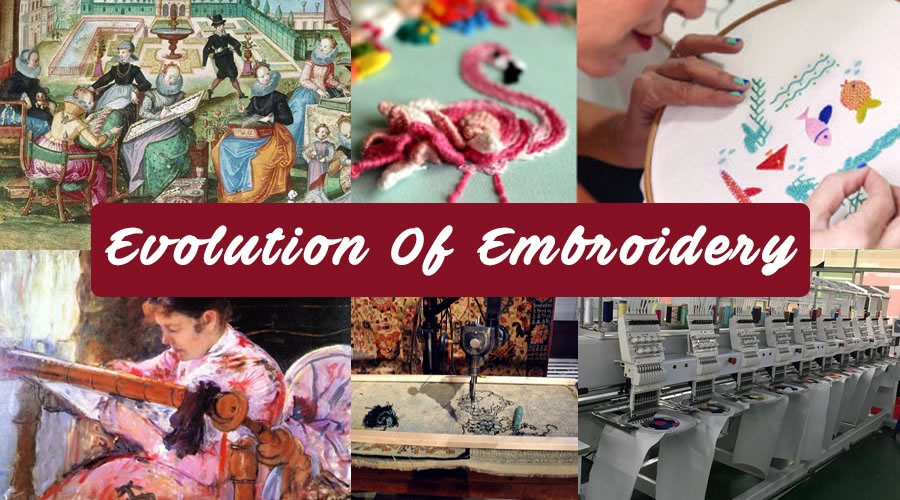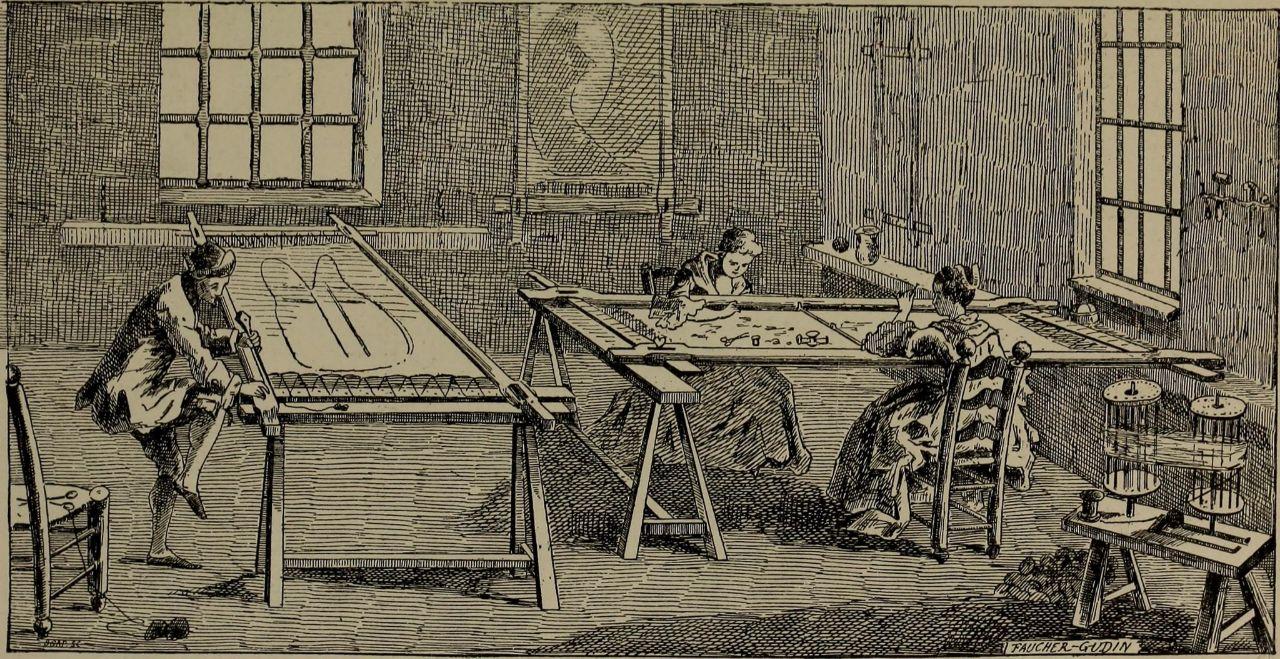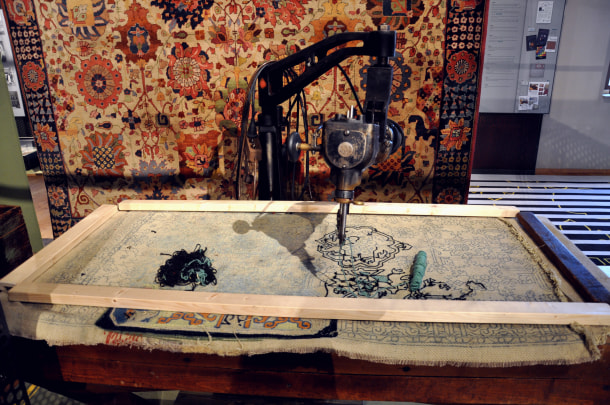The Evolution Of The Embroidery Industry
Embroidery DigitizingIn earlier times, the embroidery was a hobby or leisure activity for women, who wanted to show their creativity on their apparel or home décor. It required drawing skills, imagination, and a good steady hand for finesse in embroidery. Not everybody would have artistic talent and so only a few could pursue this form of art.
What Is Embroidery?
The History of embroidery goes back to the date of 30,000 BC, China. Embroidery is an artform of adornment of Clothes or other materials using a needle to add coloured thread to a piece of fabric. The word Embroidery comes from the Norman French word ‘Enbrouderie’, meaning adornment. Embroidery has existed since the production of fabric as different forms of adornments with needle and thread Embroidery in itself is orating the story of the world since the start. The art form itself is a physical manifestation of varied cultures. It can be displayed on clothes, home goods, or artwork. The intricate design of threadwork, weaving a story with each stitch, the art of embroidery in itself has become a contemporary creative.
History Of Embroidery?
Embroidery in its earliest forms can be traced back to the days of Early Homo Sapiens from Upper Paleolithic days or 30,000 B.C. Earliest heavily fossilized remains with heavily hand-stitched and adorned clothes from this era were found by the archaeological team.Other early examples of embroidery were found in China’s Warring States between the 5th and 3rd centuryB.C in Qin, Chu, Zhao, Wei, Han, Yan, and Qi. Sweden’s earliest embroidery fossils were found in The Viking Age (800–1050 AD) was characterized mostly due to its significant expansion. In the year 1000, the practice of embroidery rose in Europe exponentially with the growth of the Christian church and royalty power. It was the symbol of wealth and power to display richly decorated ornaments in the form of decor, wallhangings, and drapery. Needless to say, art comes with a rich history around the globe and was always found to be heavily involved in the wealthy sections of society.
With advancements in technology and the beginning of the computer era, the field of embroidery has changed leaps and bounds. Sewing machine companies added advancement to their technologies and came out with combination machines in the market. These machines had the ability to sew as well as stitch special stitches which could be used to embellish garments as well. But with the computers, invading and enhancing, productivity in all fields, embroidery too, got more and more sophisticated. In today’s day, we have embroidery machines which are stand-alone special-purpose computing machines, capable of embroidering widely different areas, with one or more needles at thousand stitches per minute capacity and picture-perfect clarity effect.
With sophisticated machines costing a fortune, people started looking for more products to make the business viable. With the evolution of designs and machines, we further moved on to fabrics. So now we can have embroidery designs stitched out on all kinds of fabrics and products starting from clothing to curtains, cushions, bags, and anything else that you can imagine. If the needle works on the material you can have your designs embroidered on it.
Cre8iveSkill is an endeavor, which can give you a full package of Embroidery digitizing Service, Vector Art Services, embroidery on the product, and if needed garment stitching too. Let us take you on a journey, to explore this beautiful, creative technology-driven world full of opportunities and products galore.


